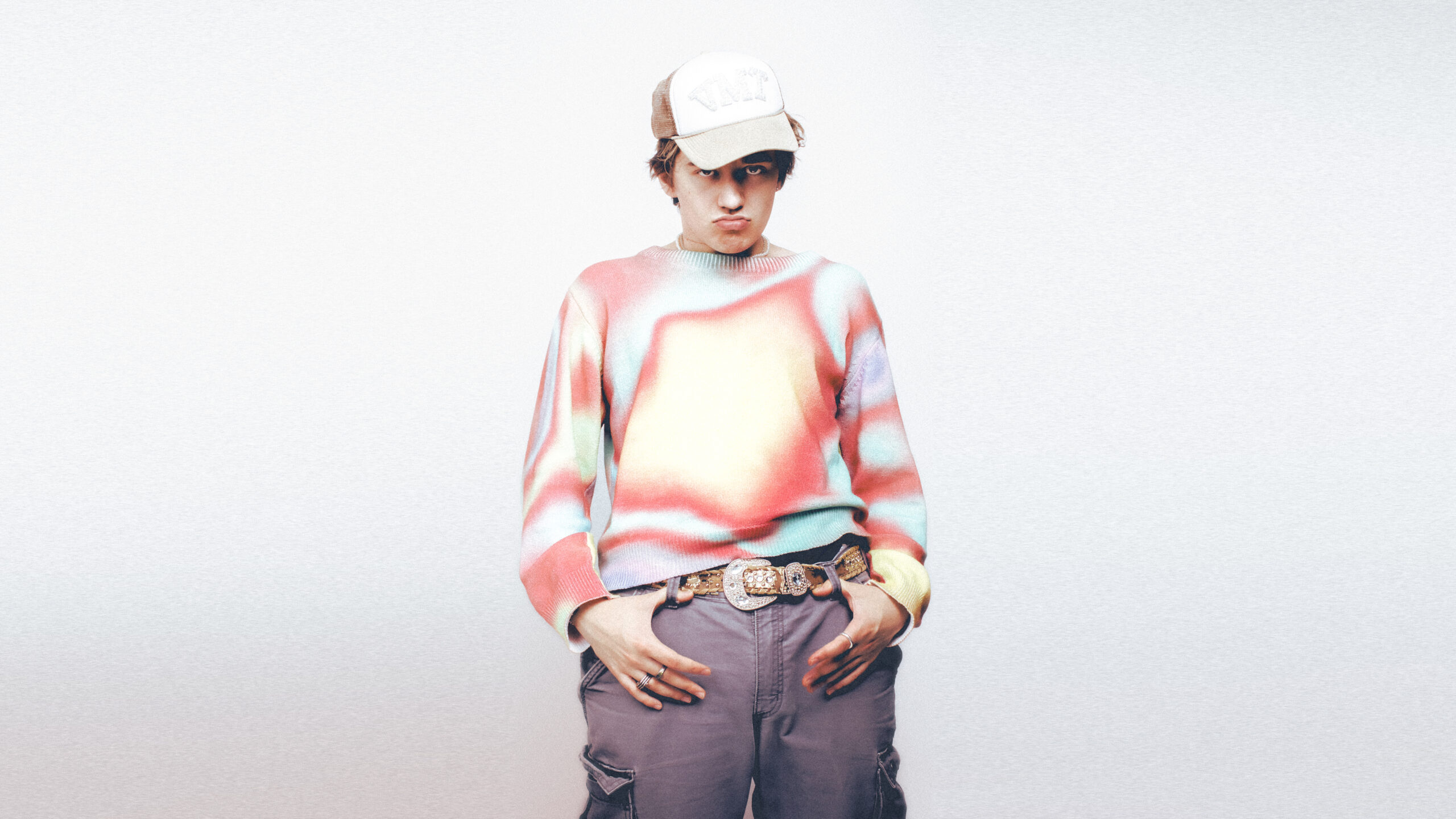The natural hair movement has its beginnings in the 60s and 70s when segregation was still an issue. African American women like Angela Davis wore their natural hair in the form of afros as a way of going against the eurocentric beauty standards forced on black people in order to assimilate into society. The natural hair movement we know today really began in 2005 after an underground independent film titled “My Nappy Roots: A Journey Through Black Hair-itage” was released.
The film focused on the way the image of black hair was manipulated by white slave masters, labeling Black hair as “nappy” a term tied to the production of cotton on plantations. Like the nap, or small cotton balls, attached to the cotton plant, nappy described the textured “unkempt” Afro hair. The 2009 release “Good Hair” by Chris Rock sparked a lawsuit that pushed the “good hair” vs “bad hair” debate into the public spotlight. Due to the obvious differences in social class between African Americans and white people, Black America had to change their hair if they wanted to have a “good” image. Once the film had been released commercially, the term “nappy” began to spread. Black women all over the world teamed up to redefine the word “nappy” and express their love for their natural 4c hair.

Credit to: Design Essentials
Since the boom in participation in the natural hair movement by Black women, it seems that the movement that was once created for women with 4c hair to be more confident in their nappy hair has lost its roots, with natural hair pictures on the Internet tending to focus on big hair with more defined curls. With the ongoing differences within the natural hair community, people on Twitter came together to discuss the natural hair movement and its impact on their lives.
https://twitter.com/gothichadassah/status/1211450337170735104
https://twitter.com/briayva/status/1211709730349076480
https://twitter.com/danielleaar/status/1212013806580371465
https://twitter.com/jamaykayoung/status/1209210227066916865
Growing up, many black women go through straightening their hair using hot combs or getting perms, especially when you have 4c textured hair. With parents that do not have the time to take care of hair and with a society that values thick long hair, girls with 4c hair often find that the best way to fit into beauty standards is by completely altering their textured hair. Due to the movement, many women and men all over the world were able to better understand the dangers of chemicals and heat to the hair, completely ditching the previous toxic methods for safe protection hairstyles.
Unfortunately, what was once a movement created to help Black people with textured hair learn to love their hair, has now become a movement that showcases hair that is thick and long in length. Women who do have 4c hair try to change their texture of hair, not to be straight, but to have more defined curls, like those that belong to 3b and above. Due to the Internet, visual representations of Black women rocking their natural hair has become accessible to everyone, but when the only form of representation seems to lack diversity, especially of the type of hair that started the conversation, it makes it so that as a community, the natural hair movement has erased any progress it has made in achieving total inclusivity.
Featured Image: Photo by Zach Vessels on Unsplash











